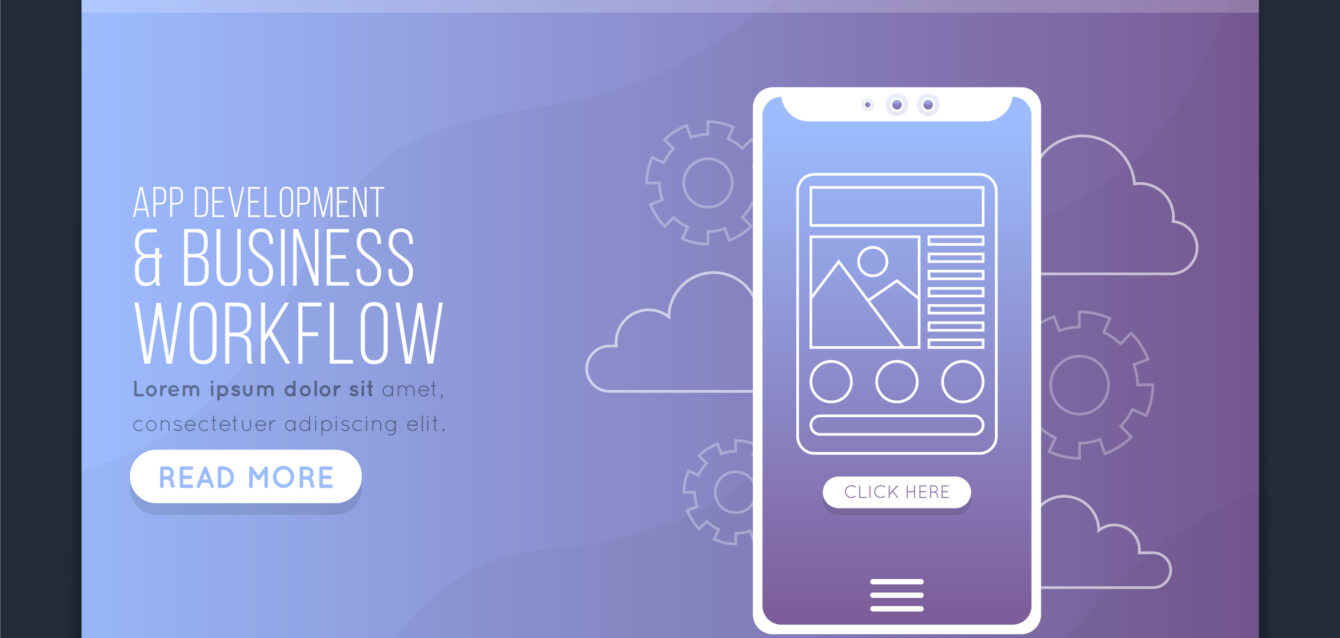With mobile devices accounting for the majority of internet traffic worldwide, mobile-first web design is no longer optional—it’s essential. Users expect fast, intuitive, and visually appealing experiences tailored for their screens. A well-designed mobile site can boost engagement, improve user satisfaction, and drive conversions.
Why Mobile Web Design Matters
- Changing User Behavior
Mobile users interact differently with websites compared to desktop users. They rely on touch navigation, prefer quick-loading pages, and often multitask while browsing. Your site must accommodate these unique behaviors to remain effective. - Search Engine Prioritization
Google uses mobile-first indexing, meaning the mobile version of your site is considered the primary version for ranking purposes. A poorly optimized mobile experience can hurt your search engine rankings and reduce visibility. - Business Impact
A seamless mobile experience builds trust and encourages repeat visits. On the flip side, clunky, unresponsive designs frustrate users and lead to higher bounce rates.
Key Principles of Mobile Web Design
- Responsive Design
Responsive design ensures your website adapts to any screen size, from smartphones to tablets. This approach eliminates the need for separate desktop and mobile sites, providing a consistent user experience. - Touch-Friendly Navigation
Design with fingers in mind. Buttons should be large enough to tap easily, and interactive elements must be spaced to avoid accidental clicks. Avoid relying on hover effects, which don’t translate well to touchscreens. - Prioritizing Speed
Mobile users expect fast-loading pages. Optimize your site by compressing images, minimizing code, and enabling browser caching. A one-second delay in load time can significantly reduce conversions. - Simplified Menus and Layouts
Mobile users prefer straightforward navigation. Use collapsible menus (like hamburger icons) and prioritize essential features. Keep layouts clean, with clear calls-to-action (CTAs) prominently displayed. - Readable Typography
Text must be legible without zooming. Choose fonts that are clear at smaller sizes, and ensure there’s enough contrast between text and background colors. - Mobile-Specific Features
Take advantage of mobile capabilities, such as GPS for location-based services or click-to-call buttons for quick contact. These features enhance usability and make the most of the mobile experience.
Emerging Trends in Mobile Web Design
- Progressive Web Apps (PWAs)
PWAs combine the best of websites and mobile apps. They load quickly, work offline, and provide an app-like experience without requiring downloads. - Voice Search Optimization
As voice search becomes more popular, mobile designs must cater to conversational queries. This includes using natural language in content and optimizing for long-tail keywords. - Dynamic Content Adaptation
AI-driven personalization tailors content to the user’s preferences, location, or browsing history. Dynamic designs make mobile experiences more relevant and engaging. - Gesture-Based Navigation
Swipe, pinch, and scroll gestures are becoming integral to mobile interaction. Designing for these gestures enhances usability and makes navigation more intuitive. - Dark Mode for Mobile
Dark mode is popular for its aesthetic appeal and energy-saving benefits on OLED screens. Incorporating this option can improve user experience and give users control over how they view your site.
Best Practices for Mobile Design Testing
- Test Across Devices
Ensure your site works well on various devices, operating systems, and screen sizes. Use tools like Google’s Mobile-Friendly Test to identify issues. - Monitor Performance Metrics
Track mobile-specific analytics, such as bounce rates and session durations. Identify pain points and optimize accordingly. - Gather User Feedback
Conduct usability testing with real users to uncover design flaws and areas for improvement.
Final Thoughts
Mobile web design is about more than shrinking a desktop site to fit a smaller screen—it’s about reimagining the user experience to align with mobile behavior. By focusing on speed, usability, and innovative features, you can create a mobile presence that keeps users engaged and drives results.







